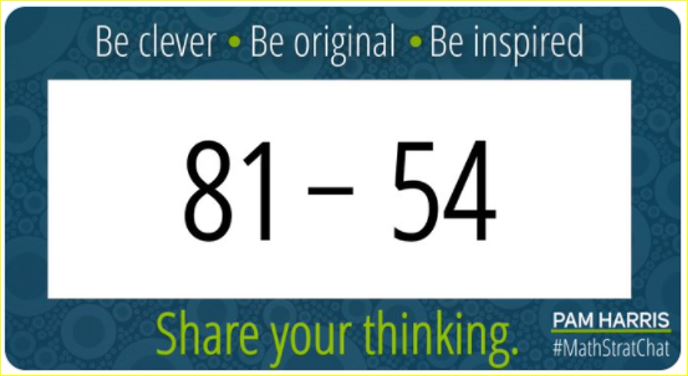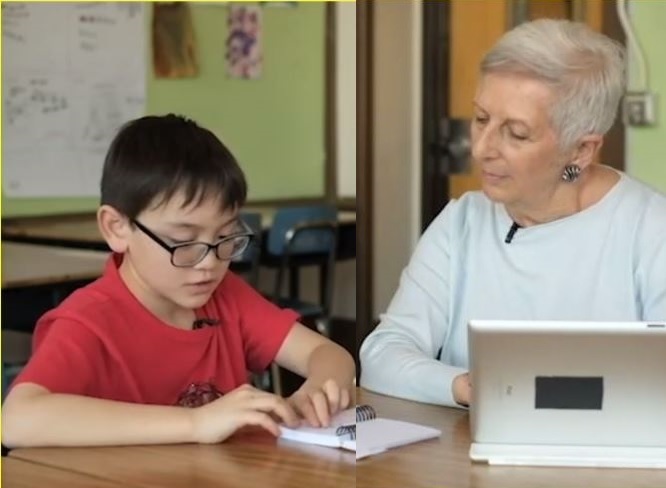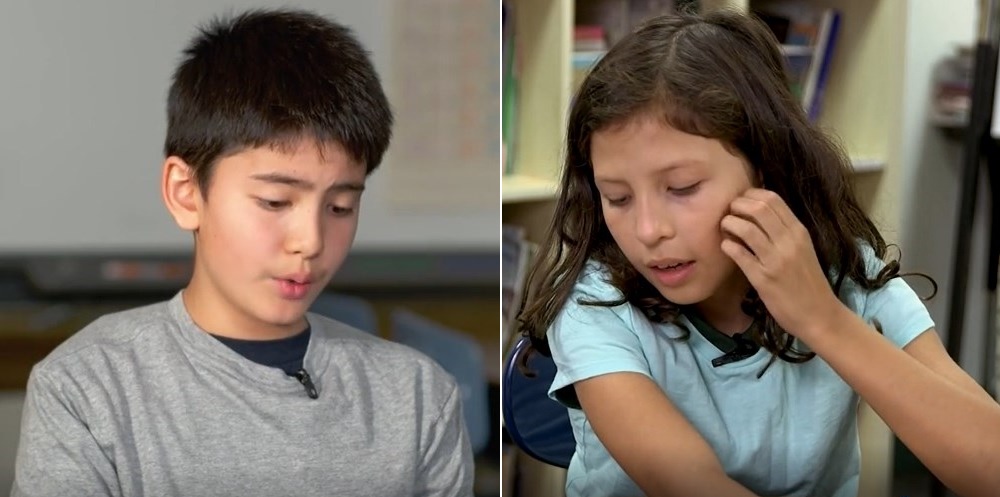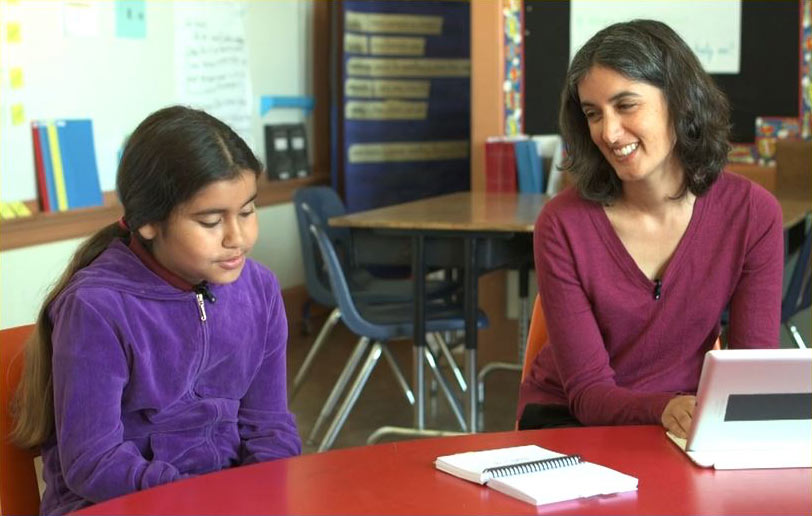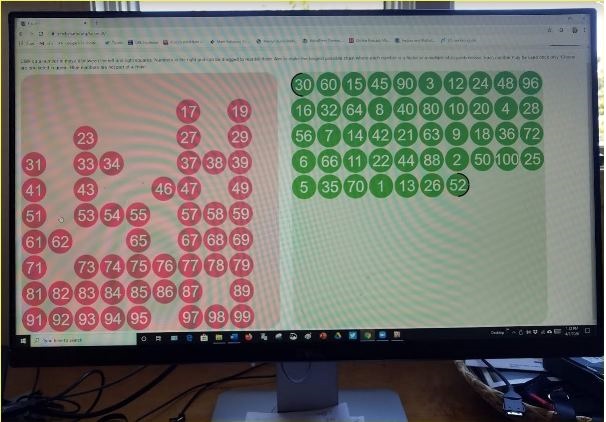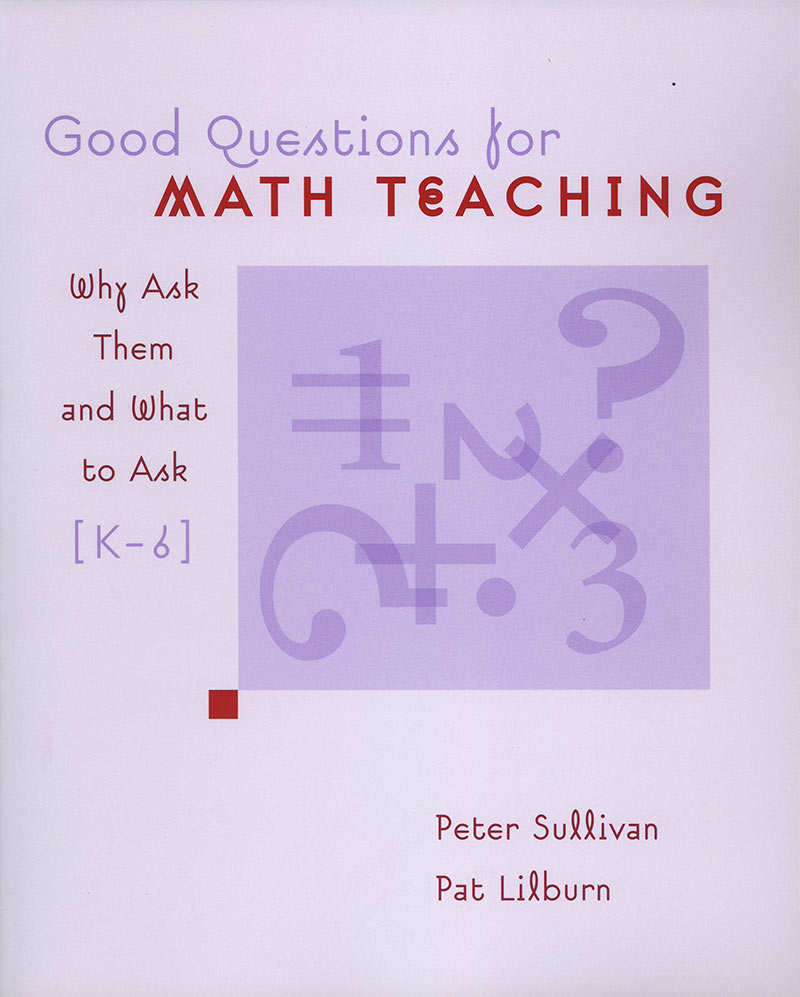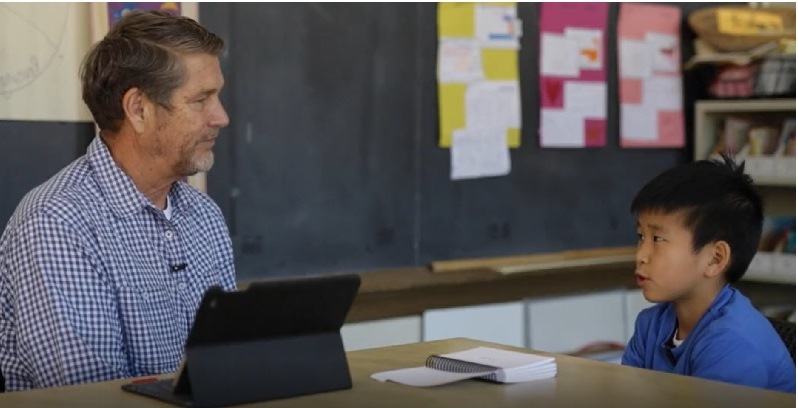
In a Listening to Learn interview, Nathan knew from memory that 6 x 5 equals 30. He explained to Rusty Bresser, "So, 6 divided by 2 equals 3, and you just add a zero behind it." Here's a suggestion for using that video clip in a lesson and what happened in two different classes.
Marilyn BurnsFebruary 22, 2022

